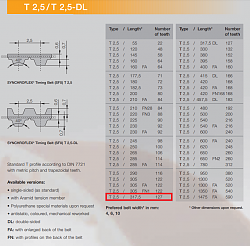A recent discussion on another forum centered on cutting metric threads on an inferial lathe. In the past I've done some calculations on this subject and thought I would pass them along here for the benefit of anyone who faces this problem.
Since the inch is defined as exactly 25.4 millimeters, cutting metric threads on an inferial lathe will involve introducing a ratio of 1.27 into the gear train driving the lead screw. Obviously this could be done by introducing a 127/100 tooth gear pair into the train. However, both those gears are going to be awkwardly large, tiresome to make or expensive to procure. As a result, folks seek out a solution that approximates the ratio with smaller gears. As long as the the length of thread is relatively short, a small error in approximating the ratio is quite tolerable.
One of my programs, GEARFIND available on my web page (see my sig), is set up to solve just this problem. You supply a desired ratio and a tolerable error percentage and it finds gear sets that will approximate the desired ratio within the allowed error. Up to four pairs of gear sets can be examined.
Applying the program to the problem mentioned produces the results shown below. Reading left to right on a line, we have
gear tooth count(s) => ratio resulting from this gear combination (percentage error relative to desired ratio)
Desired ratio = 1.27
Single pair of gears...
47:37 => 1.270270 (0.021281%) ;this set is often supplied with import lathes
80:63 => 1.269841 (-0.012498%)
Two ganged pairs of gears...
22:31 - 34:19 => 1.269949 (-0.004011%)
30:23 - 37:38 => 1.270023 (0.001802%)


 LinkBack URL
LinkBack URL About LinkBacks
About LinkBacks


 Reply With Quote
Reply With Quote







Bookmarks